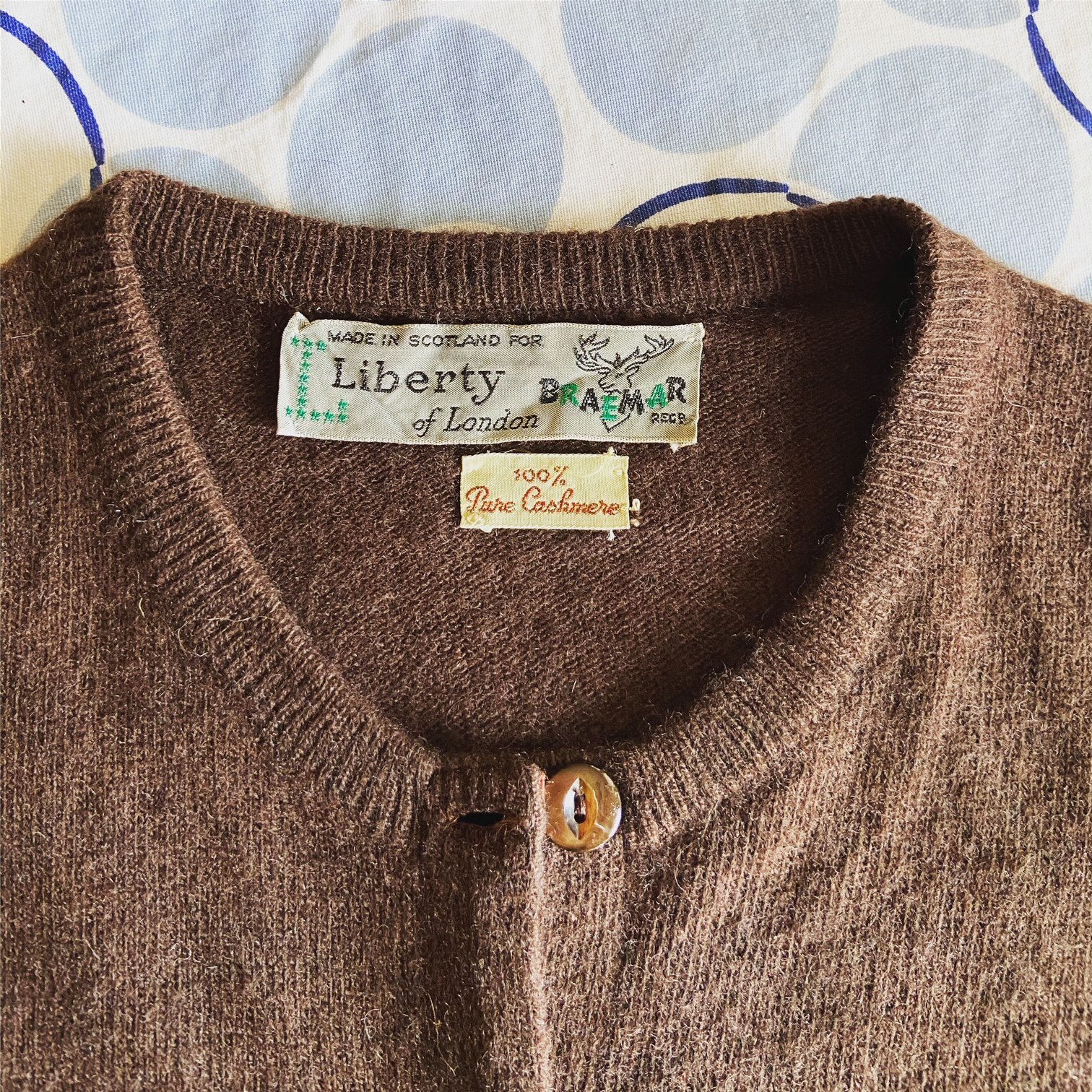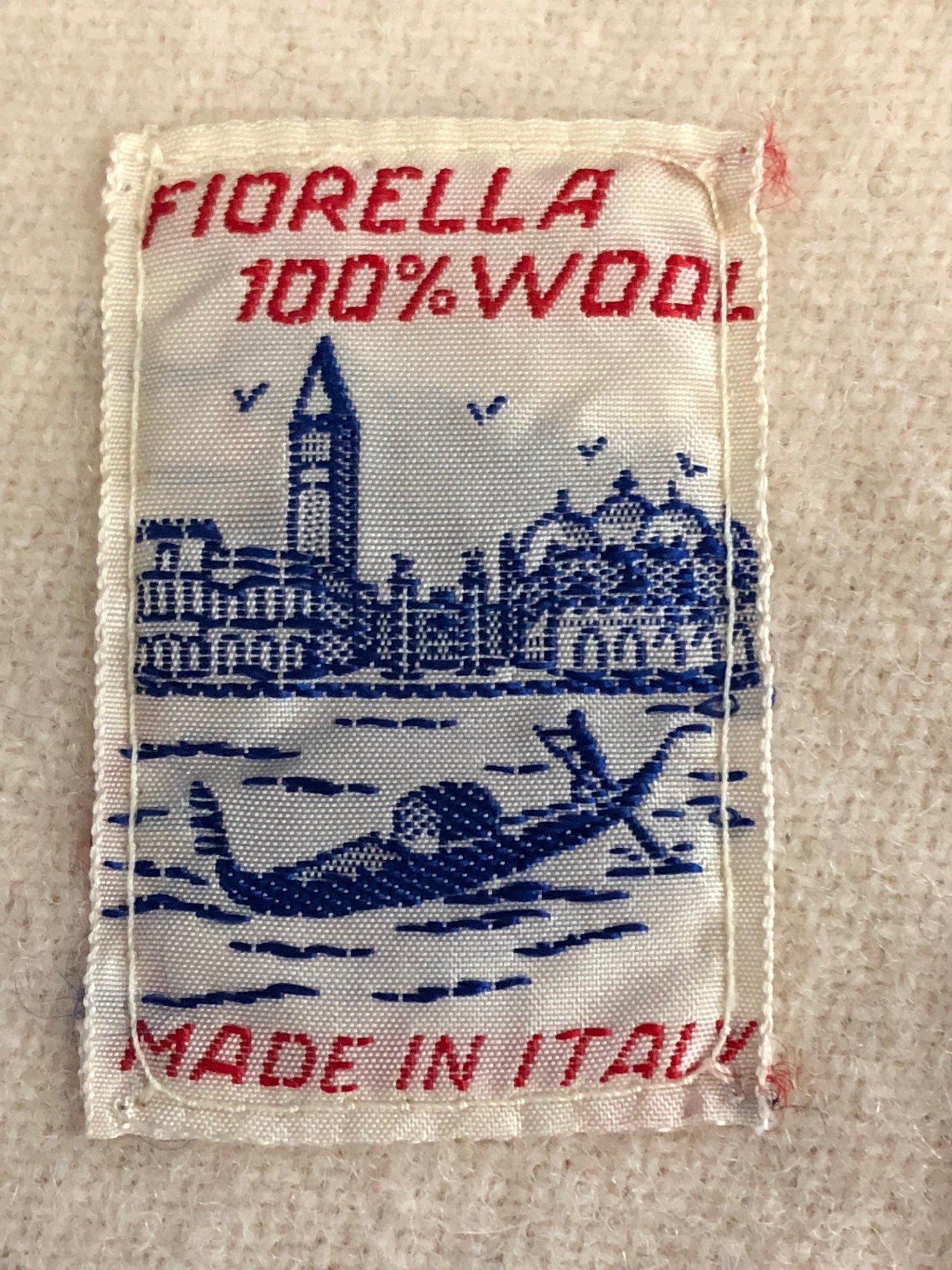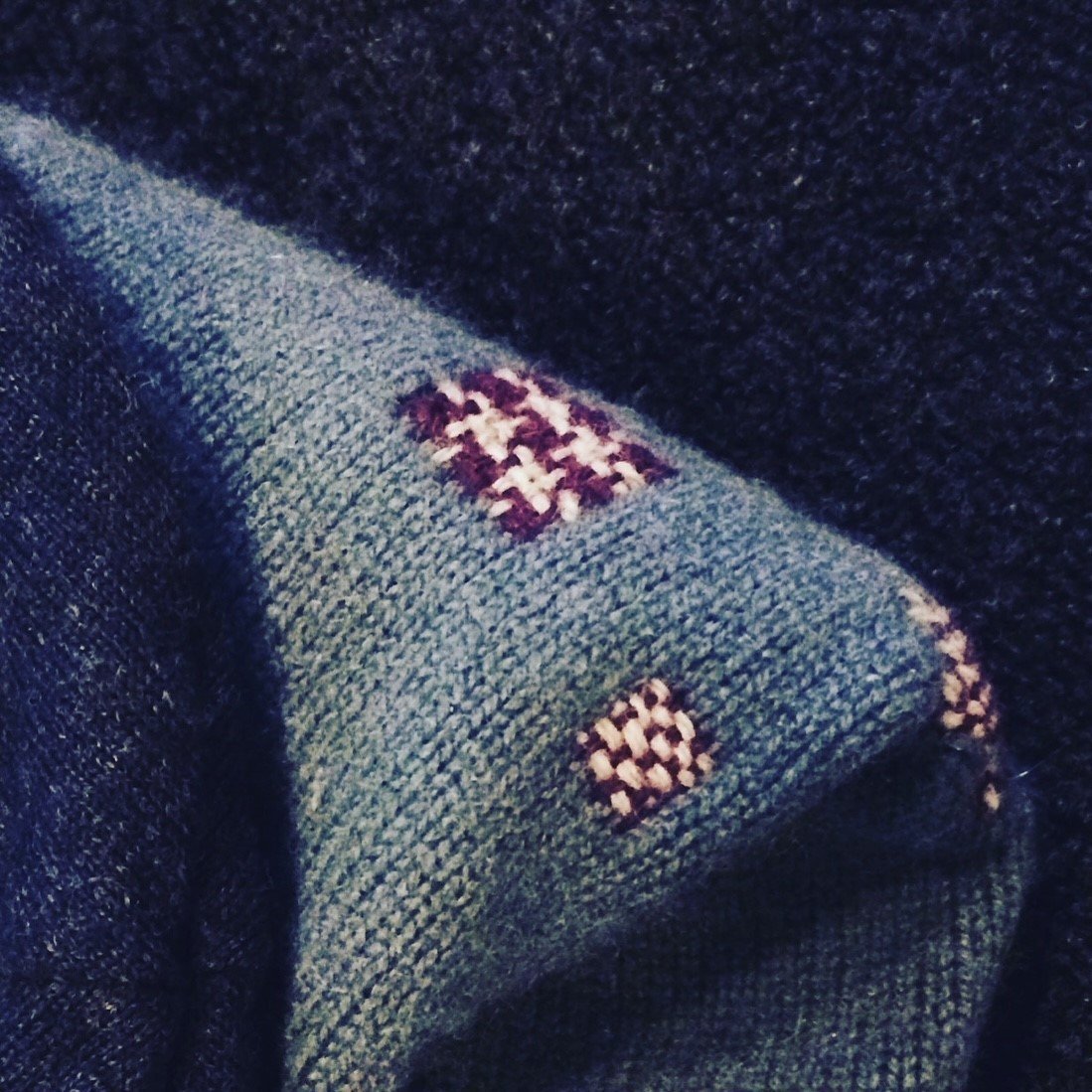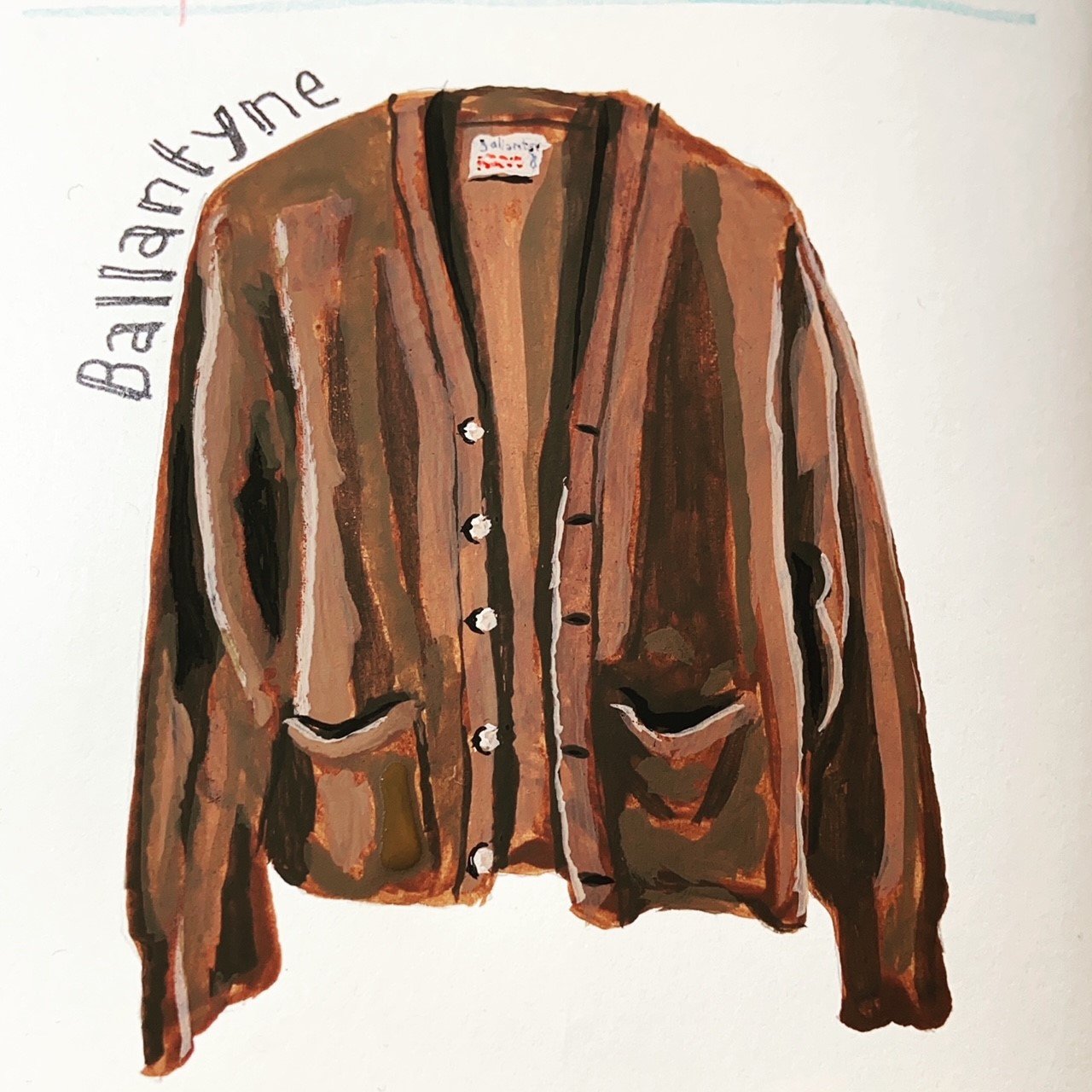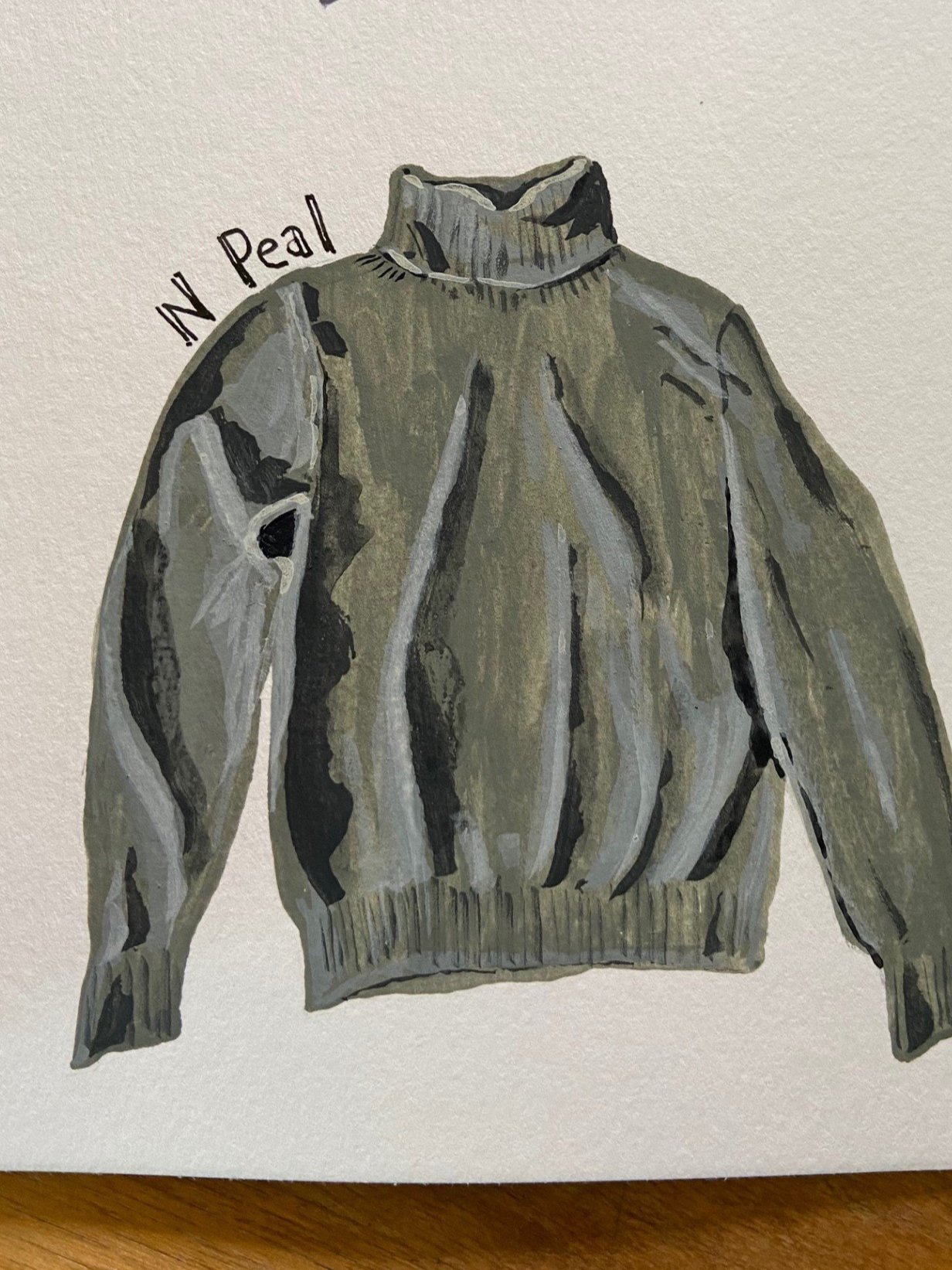Caring for Your Precious Knits
If you have watched the Beginner Class, you will have learnt about wet-finishing. This is the practice of washing your freshly made knits in very hot water (yes, even merino and cashmere) to remove the oils and waxes that have been added to commercially spun yarn to aid in the knitting process.
But this is a one-time step. How do we look after our knits going forward?
This blog post refers specifically to animal fibers – cashmere, merino, shetland, alpaca, yak, etc. It is these animal protein fibers that attract clothes moths. Moth lavae hatch and dine out on the proteins in the yarn.
I love a vintage cashmere sweater. I find cashmere from the 50’s and 60’s superior in quality to present day cashmere – it doesn’t pill and the knitting is dense and warm. I have quite a large stash of these sweaters and wear them almost every day in the fall and winter.
Those of you who know me well, will know I am not averse to the occasional moth-hole because I am partial to a bit of visible mending. But sweaters and accessories I have made, and my vintage pieces are special, and I prefer them to stay moth-hole free if I can help it. To that end, I have developed a habit of cleaning and storing my wool pieces every year.
Moths do prefer woolens that are slightly grubby, and favor dark corners, so hanging a sweater that has been worn several times in the closet for the summer season may not be the best solution.
Every year sometime in April or May (or June) when it looks like the sun is going to stick around for a while, I dig out all my precious woolens and wash them. I am lucky enough to have a machine that washes cashmere and other woolens well. That wasn’t always the case. Before that, everything would have to be gently hand-washed with an appropriate detergent, rinsed well and rolled in a towel to remove most of the moisture and then laid on a fresh towel to dry.
Once fully dry, I would steam each piece, being very careful not to press down on the actual garment – just hover above and inject steam and use my hands to gently flatten out creases.
Wet wool can be pulled out of shape very easily. It also can absorb a lot of moisture and still feel dry, so after folding, leave to air out before storing in plastic bins for the summer season.
There are some items that I would not put in the machine, or even hand wash:
A beautiful vintage Cowichan sweater.
An authentic oiled fisherman sweater.
A vintage piece that may not be colorfast.
A hand-knit of unknown content.
I usually put these pieces in a plastic bag in the freezer for a week. This will kill any moth eggs. Then they can be stored as above.
I have heard of placing them in a warm oven to destroy the moth eggs, but have never tried it.
Then there is snow washing. We don’t get enough snow here in the Pacific Northwest for this to be a reliable method. Here’s a link to a video.
Other hacks:
Mothballs - Moths can’t stand the smell of them and neither can I.
Cedar oil/balls/closets – Smells nice and possibly a deterrent to moths, but not foolproof.
Lavender/Bay/Mint etc – see Cedar
In the 10+ years I have been cleaning and storing my woolens, I haven’t had a single moth-hole. Bonus – it is such a pleasure to open up the bins in September or October and find these pristine pieces.
During the winter season, rotate through your garments, airing them out in between. A sunny day is perfect for airing out a piece that has been worn a few times. Woolens don’t need a lot of washing. Once or twice a year is plenty. Keeping them folded in a drawer is preferable to hanging – especially heavier pieces. Tuck in a lavender sachet or two.
Should the worst happen, and you find some holes or snags in your knitwear. All is not lost. You can either make the most of it and try some visible mending yourself, or contact this amazing company and they will invisibly mend your sweater.
Key points to remember
Don’t hang your knitwear, fold it in a drawer (okay to hang lightweight pieces).
Wet woolens can be distorted easily. Handle with care when wet/damp.
Air out your woolens in the sun when you can.
Take advantage of a snowy day and do some snow-washing!
When steaming - don’t press, just hover. You don’t want to flatten the tubular shape of the yarn.


